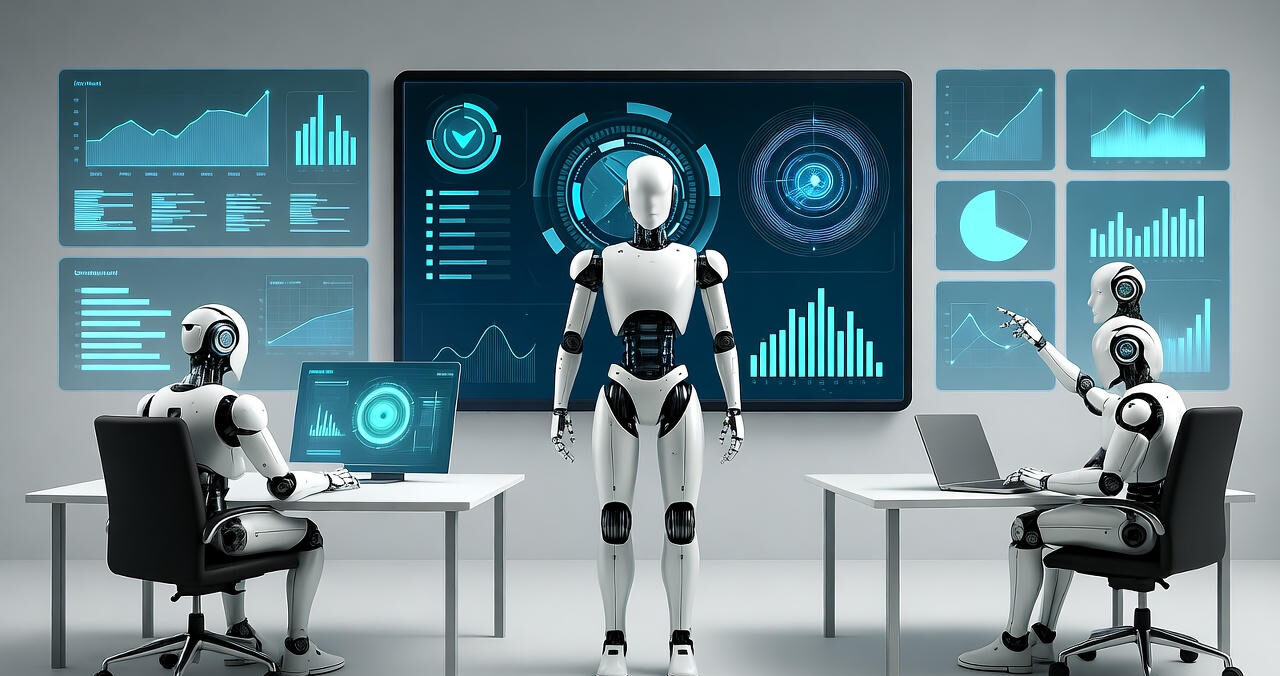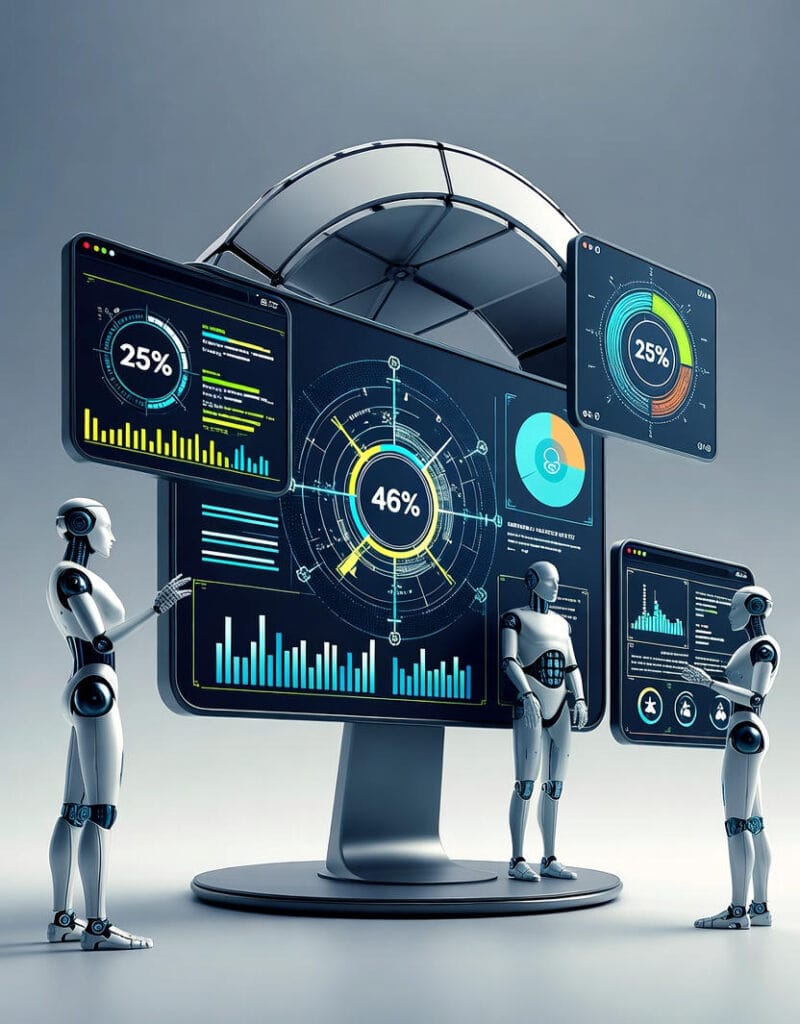
In the dynamic realm of artificial intelligence, agentic AI applications are emerging as a game-changer for enterprises worldwide. As of October 2025, this autonomous technology—capable of independent decision-making and task execution—is transforming business automation processes, driving efficiency, and unlocking new productivity levels. According to recent reports from McKinsey and Gartner, adoption rates are surging, with projections indicating a 250% growth in implementations by year-end. This news blog delves into the latest developments, real-world applications, benefits, challenges, and future trends in agentic AI applications, providing insights for business leaders seeking to leverage this innovation for competitive advantage. Optimized for searches like “agentic AI business automation 2025” and “autonomous AI agents enterprise,” this article highlights why now is the pivotal moment to integrate agentic systems.
What Defines Agentic AI in Modern Business Contexts?
Agentic AI refers to advanced systems that go beyond reactive AI, exhibiting agency through perception, reasoning, planning, and action. Built on large language models (LLMs) like GPT-4o or Grok, these agents integrate tools such as APIs and databases to achieve goals autonomously. In 2025, frameworks like LangChain and AutoGen have democratized development, enabling seamless orchestration in business environments.
Core Architectural Components
- Perception Layer: Agents ingest data from diverse sources, including IoT devices and real-time analytics platforms.
- Reasoning Engine: Utilizes chain-of-thought processes to evaluate scenarios and predict outcomes.
- Execution Mechanisms: Interfaces with external tools for actions like code generation or transaction processing.
- Learning Feedback Loops: Incorporates reinforcement learning to refine performance over time.
This architecture positions agentic AI as ideal for complex workflows, reducing human intervention by up to 70%, as evidenced by Deloitte’s 2025 AI Enterprise Survey.
Breakthrough Applications Driving Enterprise Transformation
Recent deployments underscore agentic AI’s versatility across sectors. In project management, agents now handle end-to-end orchestration, from requirement analysis to deployment. For instance, Microsoft’s integration of agentic features in Copilot has automated software development cycles, cutting timelines by 40%.
Sector-Specific Innovations
In customer service, agentic systems resolve queries autonomously. Zendesk’s latest update incorporates agents that access CRM data, process refunds via payment gateways, and personalize responses—boosting satisfaction scores by 25% in pilot programs.
Supply chain optimization sees agents predicting disruptions using predictive analytics. IBM Watson’s agentic modules monitor global logistics, rerouting shipments in real-time amid geopolitical tensions, saving companies like Maersk millions in delays.
Finance sectors benefit from decision-support agents analyzing market volatility. Anthropic’s Claude-based agents execute trades by querying Bloomberg APIs, with hedge funds reporting 15-20% improved returns in volatile 2025 markets.
Marketing automation is revolutionized through content agents that generate campaigns, A/B test via Google Analytics, and optimize ad spends—evident in Adobe’s Firefly enhancements.
Healthcare applications include diagnostic agents reviewing patient data and suggesting treatments, compliant with HIPAA, as piloted by Google Cloud’s Vertex AI.
Quantifiable Benefits for Business Automation Efficiency

The adoption of agentic AI applications yields tangible ROI. McKinsey’s Q3 2025 report estimates 30-45% productivity gains in knowledge-based roles, with cost reductions averaging 25% through minimized errors.
- Scalability Advantages: Handles high-volume tasks without linear staffing increases, ideal for e-commerce peaks.
- Error Mitigation: Consistent logic reduces biases, enhancing compliance in regulated industries.
- Innovation Acceleration: Frees teams for strategic initiatives, fostering creativity in R&D.
Gartner’s data shows early adopters achieving break-even within 6-9 months, with long-term savings compounding via iterative improvements.
Navigating Challenges in Agentic AI Deployment
Despite promise, hurdles persist. Ethical concerns around autonomous decisions have prompted regulatory scrutiny, with the EU AI Act mandating transparency in high-risk applications.
Key Obstacles and Mitigation Strategies
- Integration Complexity: Legacy systems require custom APIs; solutions involve phased rollouts using low-code platforms.
- Security Risks: Data breaches loom large—countered by encryption and zero-trust architectures.
- Reliability Gaps: LLM hallucinations demand human oversight loops, as recommended by IEEE standards.
- Skill Shortages: Enterprises partner with firms like Accenture for training, addressing a global talent gap projected at 85 million jobs by 2025 per World Economic Forum.
Forbes highlights that 40% of implementations falter due to poor governance, emphasizing the need for robust testing protocols.
Future Trends Shaping Agentic AI in 2025 and Beyond

Looking ahead, multimodal agentic AI—incorporating vision and voice—will dominate, per Forrester’s predictions of a $50 billion market. Swarm intelligence, where agents collaborate in networks, promises breakthroughs in smart cities and manufacturing.
Edge computing integrations will enable real-time processing on devices, reducing latency. Open-source advancements from Hugging Face will lower barriers, while sustainability focuses minimize energy use in GPU-heavy operations.
Emerging standards from xAI and similar entities will prioritize alignment, ensuring agents adhere to ethical benchmarks. By 2026, 60% of Fortune 500 companies are expected to deploy agentic workflows, per IDC forecasts.
Seizing Opportunities in Agentic AI Automation
Agentic AI applications are not merely a trend but a foundational shift in business automation for 2025. With proven efficiencies and evolving capabilities, organizations ignoring this risk obsolescence. Leaders should initiate pilots in high-impact areas like supply chains or customer engagement, consulting resources from Gartner or McKinsey for strategic roadmaps. As searches for “agentic AI implementation guide” spike, early movers will dominate rankings and markets alike. Stay ahead by monitoring updates from platforms like xAI, and transform your operations today.







